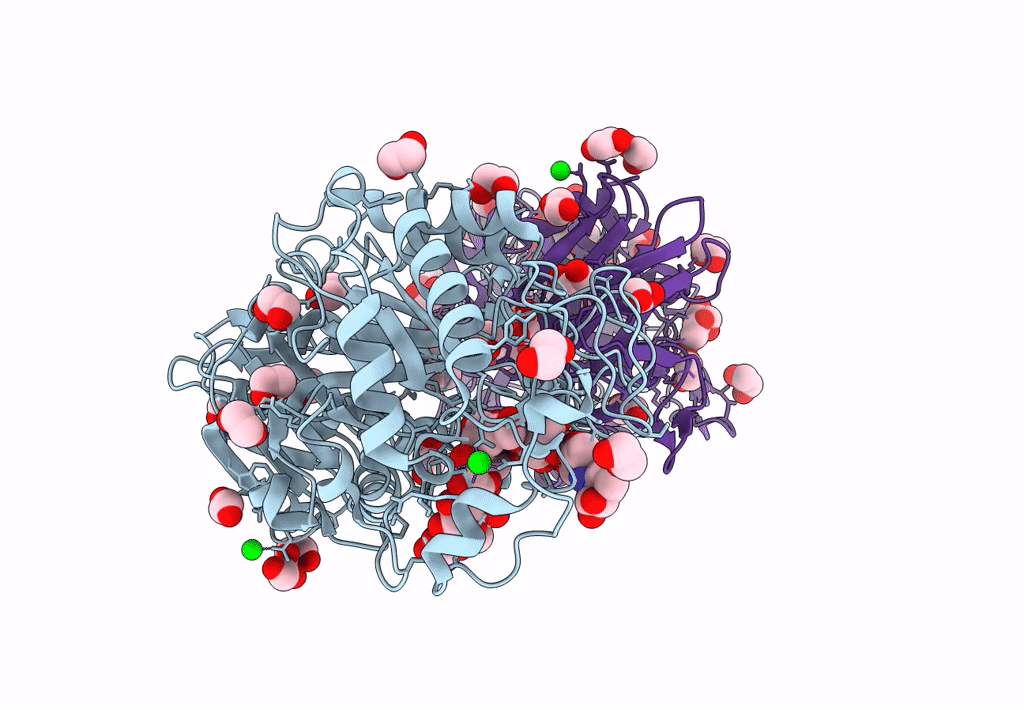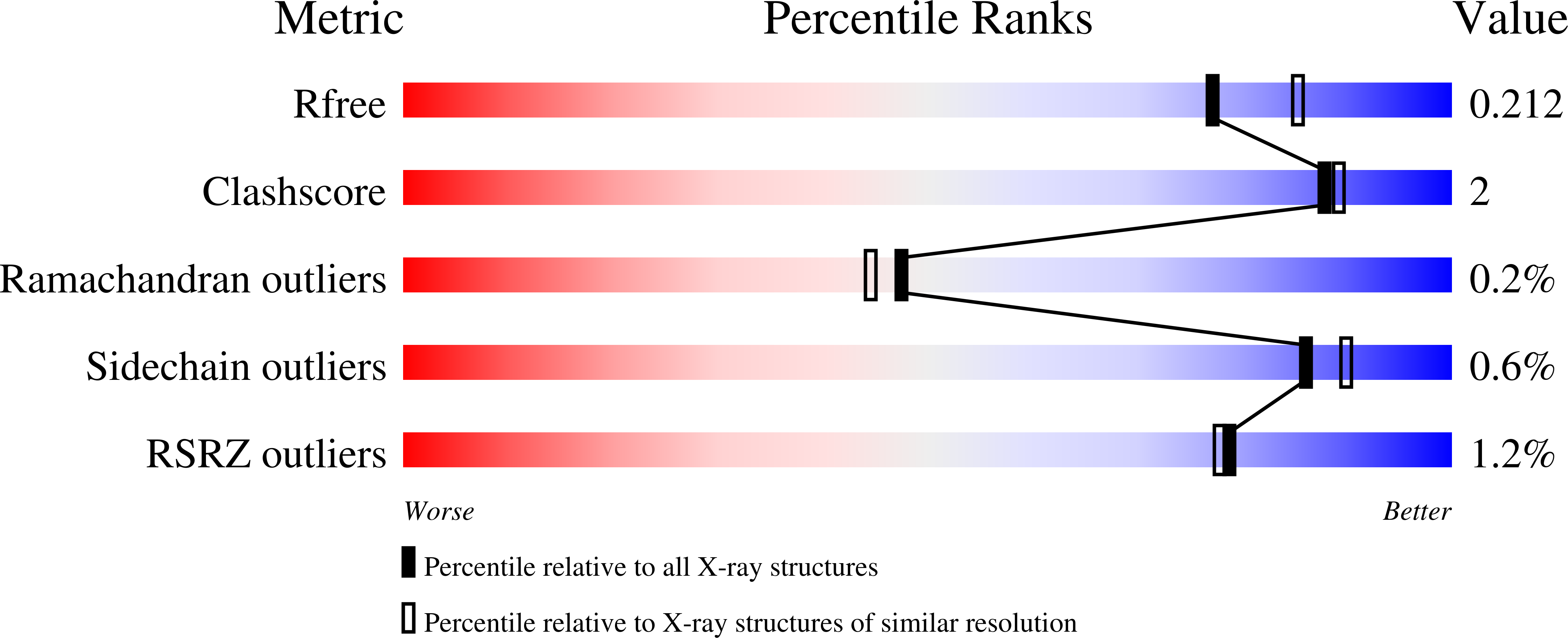
Deposition Date
2023-04-16
Release Date
2023-08-16
Last Version Date
2025-10-01
Entry Detail
PDB ID:
8ORP
Keywords:
Title:
Crystal structure of Drosophila melanogaster alpha-amylase in complex with the inhibitor acarbose
Biological Source:
Source Organism:
Drosophila melanogaster (Taxon ID: 7227)
Host Organism:
Method Details:
Experimental Method:
Resolution:
2.00 Å
R-Value Free:
0.21
R-Value Work:
0.17
R-Value Observed:
0.17
Space Group:
P 1 21 1


